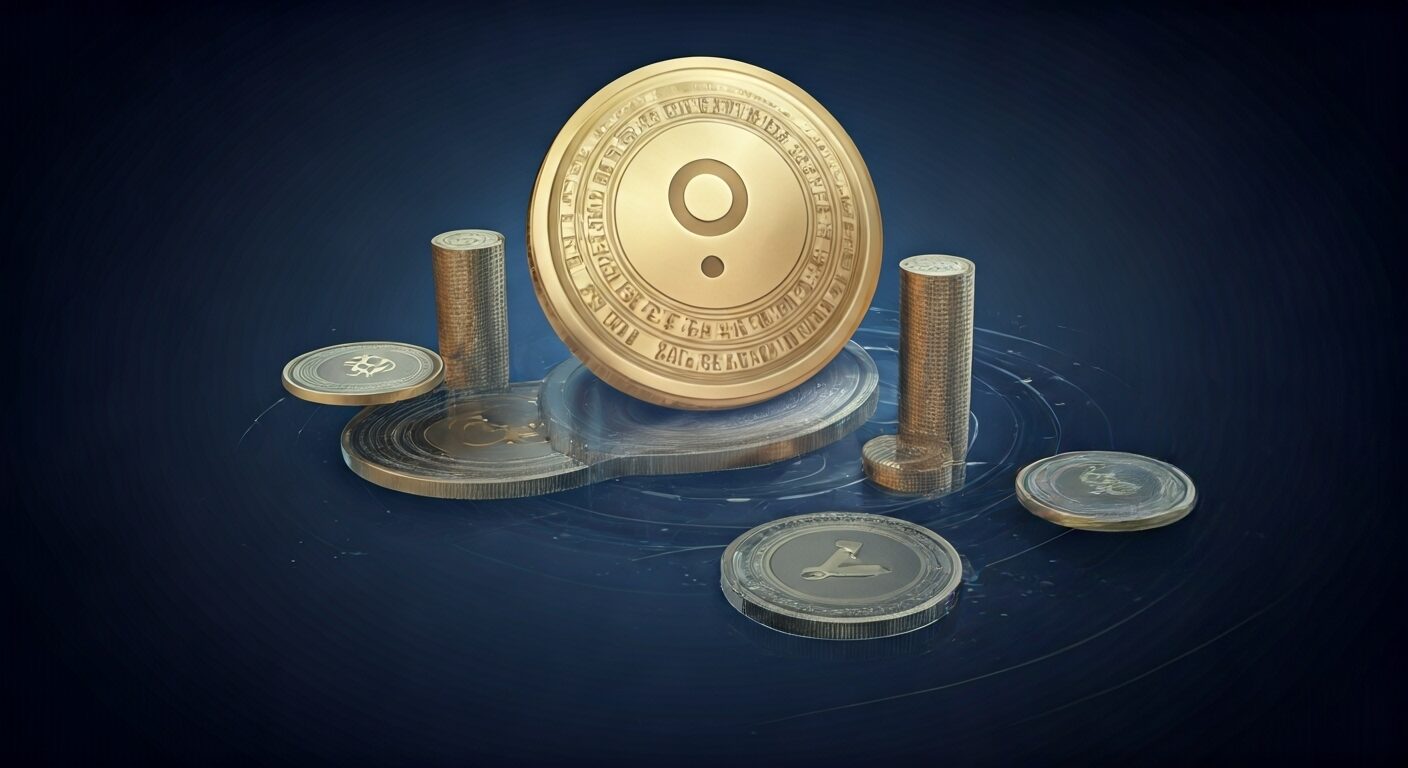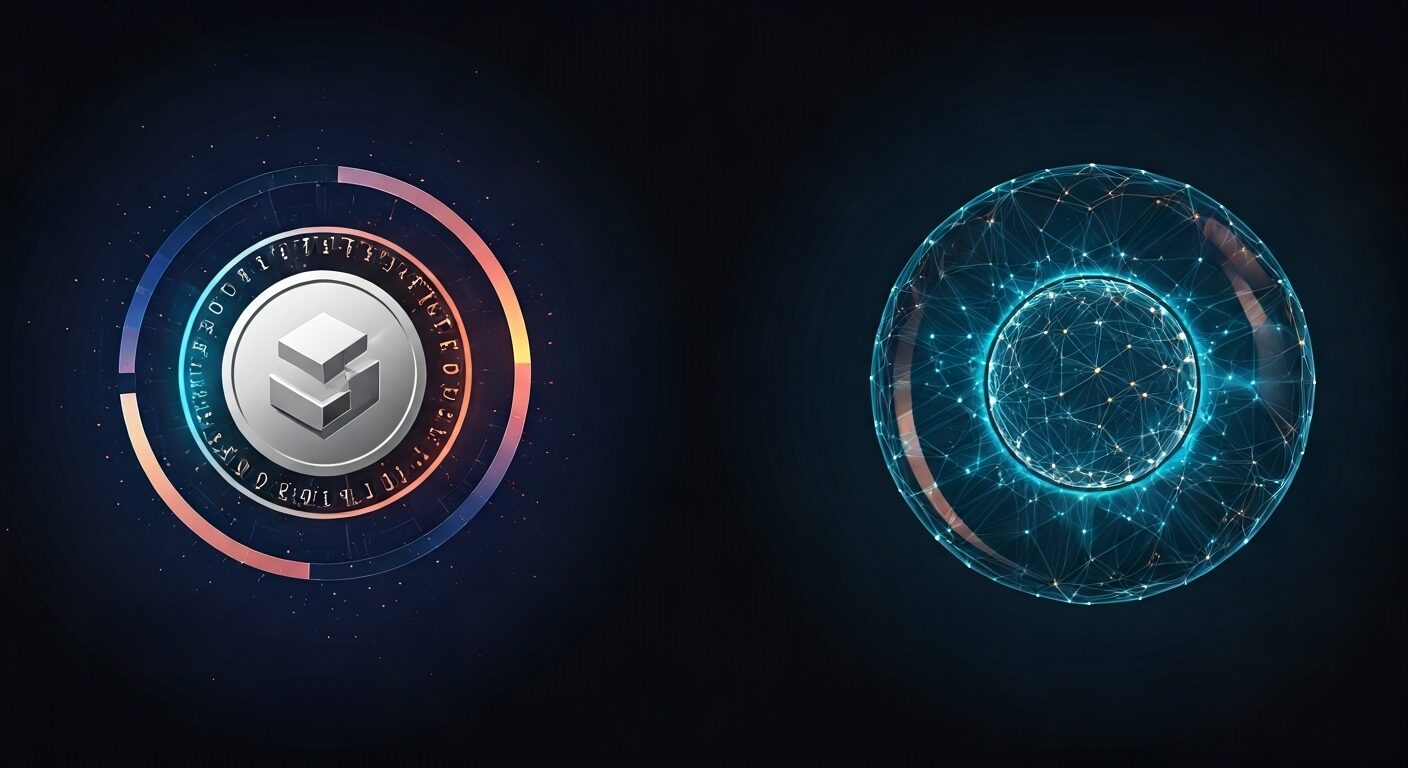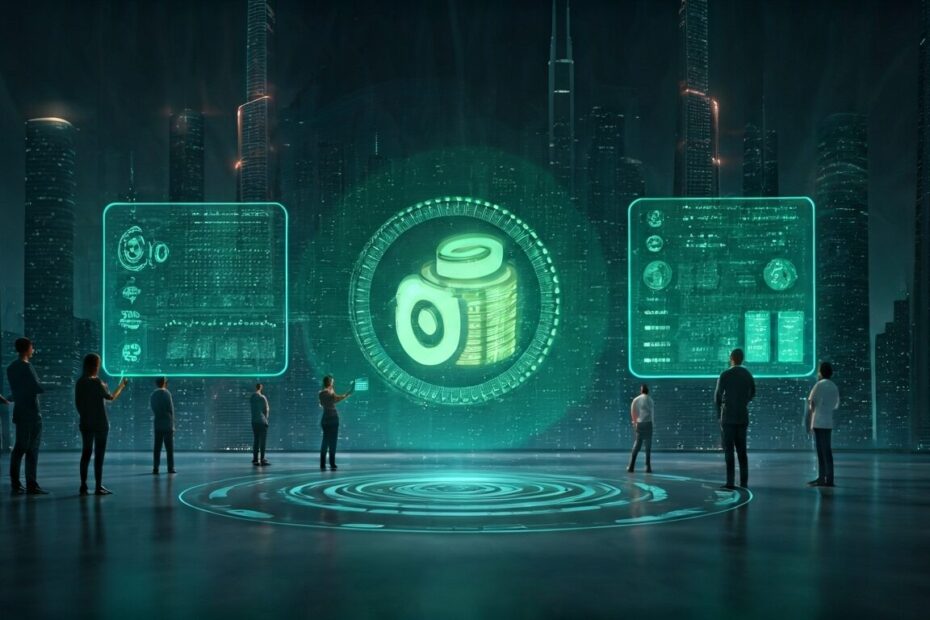Basic Info
John: Let’s dive into the world of stablecoins. Stablecoins are a type of cryptocurrency designed to maintain a stable value, often pegged to a fiat currency like the US dollar. They aim to combine the benefits of digital assets with the stability of traditional money.
Lila: That sounds useful. When did stablecoins first appear, and why were they created?
John: The concept gained traction around 2014. For example, Tether (USDT), one of the earliest stablecoins, was launched on 2014-10-06 JST by Tether Limited. It was created to provide a stable medium of exchange in the volatile crypto market, allowing traders to hedge against price swings without exiting to fiat [1]. If you’d like a simple starter on crypto exchanges, see this guide.
Lila: Interesting. What problems do they solve?
John: Stablecoins address volatility in cryptocurrencies like Bitcoin, which can fluctuate wildly. They enable seamless transactions, remittances, and DeFi participation without constant price worries. By 2018, USDT had grown significantly, with milestones like reaching a market cap of over $2 billion by 2018-04-01 JST [2].
Lila: How did users react in the early days?
John: Early user reactions were mixed but positive overall. In 2015, adoption spiked among traders on exchanges for quick transfers. A key milestone was the integration of USDT into major platforms like Bitfinex on 2015-01-01 JST, boosting liquidity [1].
Lila: Were there other early stablecoins?
John: Yes, like BitUSD, launched in 2014 by BitShares. It aimed for decentralization. User feedback highlighted its role in decentralized trading, with growth noted by 2016 [3].
Lila: Why do they exist today?
John: Today, they facilitate global payments and DeFi. For instance, Circle’s USDC launched on 2018-09-26 JST to offer transparency and regulation compliance, solving trust issues in the space [4].
Technology Pillars & Architecture
John: Stablecoins rely on different mechanisms to maintain stability. The main types are fiat-collateralized, crypto-collateralized, and algorithmic.
Lila: Can you explain those with simple analogies?
John: Sure. Fiat-collateralized ones, like USDT, are backed by real dollars in reserves—think of it as a digital IOU for cash in a bank. Crypto-collateralized, like DAI, use over-collateralized crypto assets, similar to a pawn shop where you deposit more value than you borrow.
Lila: And algorithmic?
John: Algorithmic stablecoins adjust supply based on rules, like a thermostat maintaining room temperature by turning heat on or off. Examples include TerraUSD, which faced issues in 2022.
John: In the past, architecture evolved with blockchain tech. Ethereum smart contracts enabled DAI’s launch on 2017-12-18 JST, using MakerDAO’s system for collateral management [2].
Lila: What about currently?
John: As of 2025-10-23 JST, no updates within the last 30 days. But earlier in 2025, USDC integrated with more chains like Solana on 2025-01-01 JST for faster transactions [4].
Lila: Looking ahead?
John: Future plans include better scalability. For example, projects aim for Layer 2 integrations by 2026, reducing fees [3].
Lila: How do oracles fit in?
John: Oracles provide external data for price stability. Chainlink oracles, integrated since 2019, help algorithmic models adjust in real-time [2].
John: In the past, security audits were crucial. Certik audited USDC in 2020 [4].
Lila: Currently?
John: As of 2025-10-23 JST, no updates within the last 30 days on new architectures.
John: Looking ahead, hybrid models combining fiat and algo elements are expected by 2027 [3].
Lila: That makes sense for beginners.
Community & Ecosystem
John: The stablecoin community is vibrant, with developers building DeFi apps. User growth has been exponential, from millions in 2020 to billions in circulation by 2025 [1].
Lila: What about partnerships?
John: Partnerships like USDC with Visa since 2020-12-02 JST enable fiat conversions [4]. Governance is often decentralized, like MakerDAO’s voting system.
Lila: Any recent sentiments?
John: Sentiment is positive. One insight: 2025-09-15 JST | @circle | Circulating supply of USDC hit $30 billion, showing trust [4].
Lila: Another one?
John: 2025-08-20 JST | @Tether_to | Tether announced new reserves transparency, boosting confidence [1].
Lila: How’s developer activity?
John: High, with GitHub commits for projects like Aave integrating stablecoins [2].
Use-Cases & Integrations
John: Stablecoins shine in DeFi for lending and borrowing. Aave, launched in 2020, integrates USDC for stable yields [3].
Lila: What about metaverse?
John: In metaverses like Decentraland, stablecoins buy virtual land since 2017 [1].
John: NFT markets use them for purchases. OpenSea integrated USDT on 2019-01-01 JST [3].
Lila: Gaming?
John: Games like Axie Infinity used stablecoins for earnings since 2021-07-01 JST [4].
John: Cross-chain: Bridges like Wormhole enable transfers, announced 2021-08-01 JST [2].
Lila: Real-world examples?
John: Remittances via stablecoins on platforms like Stellar since 2018 [1].
Future Vision & Expansion Potential
John: Roadmaps focus on regulation. USDC plans global expansion by 2026 [4].
Lila: Community expectations?
John: Users expect more yield farming integrations, as per 2025 roadmaps [3].
Lila: Any dates?
John: MakerDAO’s roadmap update on 2025-05-01 JST includes multi-chain support [2].
Lila: Exciting!
Risks & Limitations
John: Risks include depegging, like TerraUSD in 2022-05-09 JST [3].
Lila: Scalability?
John: High fees on Ethereum, though L2 helps since 2021 [2].
Lila: Security?
John: Hacks possible; Ronin bridge exploit on 2022-03-23 JST affected stablecoins [4].
Lila: Legal issues?
John: Regulatory scrutiny, like Tether’s fines in 2021-10-15 JST [1].
Lila: UX concerns?
John: Complex for beginners, as noted by analysts in 2023 reports [3].
Expert Commentary
John: Vitalik Buterin discussed stablecoin importance in DeFi on 2024-01-01 JST [2].
Lila: What did he say?
John: He emphasized decentralized models for safety.
John: 2025-02-10 JST | @aave | Aave founder highlighted integration benefits [3].
Lila: Another?
John: 2025-06-05 JST | Circle CEO | Stressed transparency [4].
Recent Trends & Roadmap
John: In the past, adoption surged in 2020 with DeFi boom [1].
Lila: Currently?
John: No updates within the last 30 days as of 2025-10-23 JST.
Lila: Looking ahead?
John: 2026-01-01 JST | Roadmap | Expected CBDC integrations [3].
John: 2025-12-01 JST | Update | New yield protocols [4].
FAQ
What are stablecoins?
John: Stablecoins are cryptocurrencies pegged to stable assets. They minimize volatility.
Lila: Examples include USDT and USDC [1].
How to get started with stablecoins?
John: Use a wallet like MetaMask and buy on exchanges.
Lila: Onboarding is simple; tutorials available since 2018 [4].
What tools do I need?
John: Wallets and explorers like Etherscan [2].
Lila: They help track transactions.
How to join the community?
John: Forums like Reddit or Discord groups.
Lila: Active since 2014 [1].
What are the risks?
John: Depegging and regulations [3].
Lila: DYOR always.
Can I use them in metaverse?
John: Yes, for virtual purchases [4].
Lila: Integrated since 2020.



References
- [1] Official Tether website — https://tether.to/
- [2] MakerDAO docs — https://makerdao.com/whitepaper
- [3] CoinDesk article — https://www.coindesk.com/tech/2025/01/01/stablecoin-growth
- [4] Circle official blog — https://www.circle.com/blog/usdc-update-2025
- [E] Crypto exchange starter guide — https://blockchainbulletin.net/2025/09/15/choose-crypto-exchange-2025-global-guide/
Final Reflections
John: Exploring ステーブルコインの真実:なぜ価格が安定するのか?安全性は本当? through real-time insights gave me a deeper appreciation for how Web3 is evolving beyond hype. It’s building real infrastructure.
John: I’ll be watching how ステーブルコインの真実:なぜ価格が安定するのか?安全性は本当? performs in developer adoption and how the tools it offers evolve with actual use.
Lila: I agree! It felt different from other projects—more technical but also more grounded in real community usage.
Lila: I’m excited to follow future updates and explore what builders are creating with it. Definitely one to watch! And for a quick exchange refresher, see the inline link [E] above.
Disclaimer: This article is for informational purposes only. Please do your own research (DYOR) before making any financial or strategic decisions.
